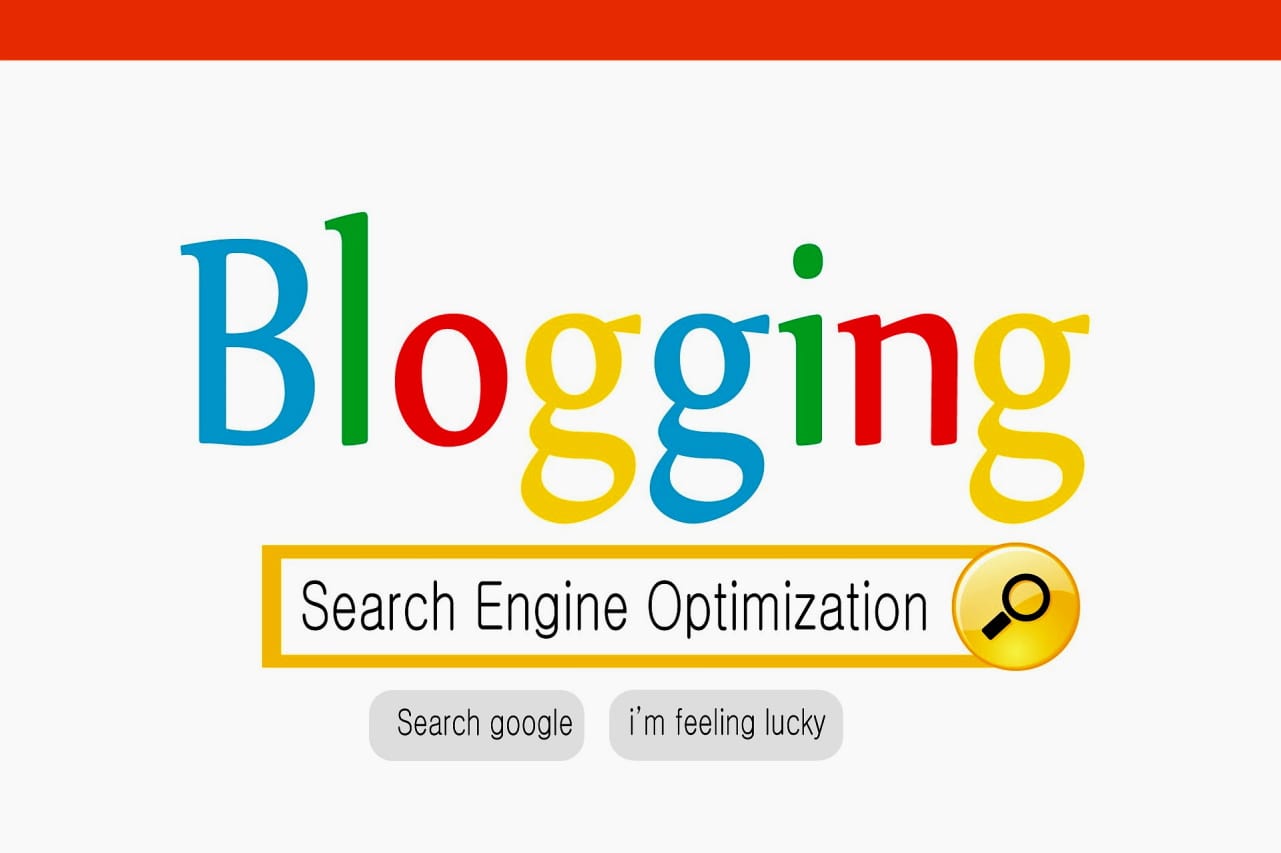The Perils of Translating Blog Articles – Google’s Spam Detection, SEO Impact, the Power of Authenticity and Backlinks.
Why it’s not good to translate your blog articles into other languages. I noticed that a blogger translates their articles from Romanian into English, and this is not something that Google appreciates, and I will explain why.
In 2014, I opened 33 blogs on Blogger with the idea of creating a network of such sites. The first blog was in Romanian, with articles written by me, extensive ones on any topic, and on the other blogs, I would copy and translate into different languages what was already on the first one. Everything went well until one day Google made some changes, and their automated system detected the blogs as spam and shut them down. Today the blog in English, tomorrow the one in German, the day after tomorrow the one in Thai.
Sometimes they would shut down up to seven blogs per day. Sometimes even more or less.
After they were shut down, I would file a complaint, and this time they would be reviewed by Google employees who would see that it wasn’t spam and would reopen them for me.
And so it went on: their system would label them as spam, even though they belonged to me and were just simple translations from Romanian, and I would contest the decision, and they would unblock them after seeing that the articles were mine, that I had no external links there, and that I wasn’t doing anything wrong.
There was a situation when that automated system even shut down my Romanian blog, so in the end, I got tired and said enough: I restored my Romanian blog and closed the other 32 blogs in different languages.
After that, I decided to move all my articles in Romanian here, but discussing a period of about a year, there are very many articles, and it requires tremendous effort to bring them to this blog. I don’t want to move them automatically because they were written hastily without being corrected, so they contain various errors. It takes me about five hours to move a month’s worth of articles: reading, correcting, copying, finding images for articles, compressing images for articles, ensuring that the blog loads quickly, and so on. A huge effort to move them here.
Once I finish moving them, I will also close the Romanian blog because it won’t serve me anymore.
Anyway, maybe I will write a more detailed article about this to show you in which language you should open your blog to have more visitors and how many visits those blogs had after a year of work and without any links pointing to them.
Blogs without authority in Google are simply useless, no matter how much unique content they have. No, unique content alone doesn’t help, you also need links. Links are still the ones that make a difference. Just as I read somewhere: “A site without SEO is like a car without an engine.”
Returning to our problem: it’s clear that Google has automated systems to check if an article is translated into multiple languages, and if they discover that, they penalize you for spam or duplicate content. The punishment is automatic, but when it comes to reaching humans, when we’re talking about Google, the internet devours you. It takes many days, even weeks, for a person to review my blogs and see that it’s not spam.
In the case of personal blogs, it’s even harder because sometimes you don’t receive any warning for this.
No one stops you, in Google Webmaster Tools, you don’t even have a warning, but your blog starts to decline, and you don’t understand why.
I wrote this article to prevent you from repeating the same mistakes and wasting your time, with the intention of focusing on what really matters.
It is clear that translating blog articles into multiple languages can have negative consequences, particularly when it comes to search engine optimization and Google’s algorithms. The importance of building authority and acquiring backlinks cannot be overstated.
I hope that my article is helpful to you!
Now, I would like to hear from you: Have you ever translated your blog articles into different languages?
What challenges did you face, and how did it impact your website’s visibility and traffic? Share your experiences and insights in the comments section below.

